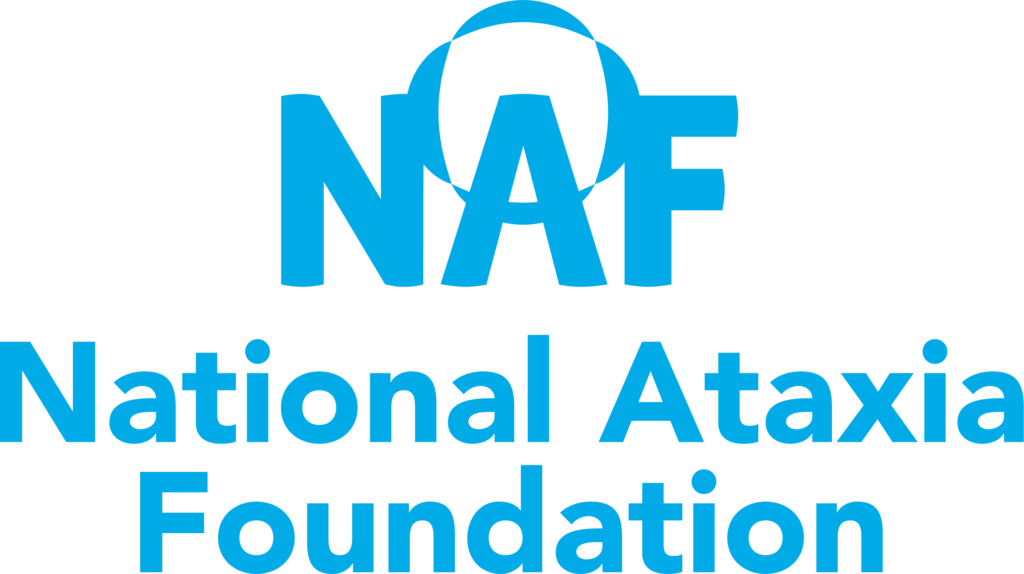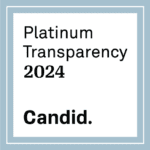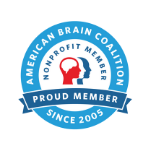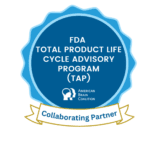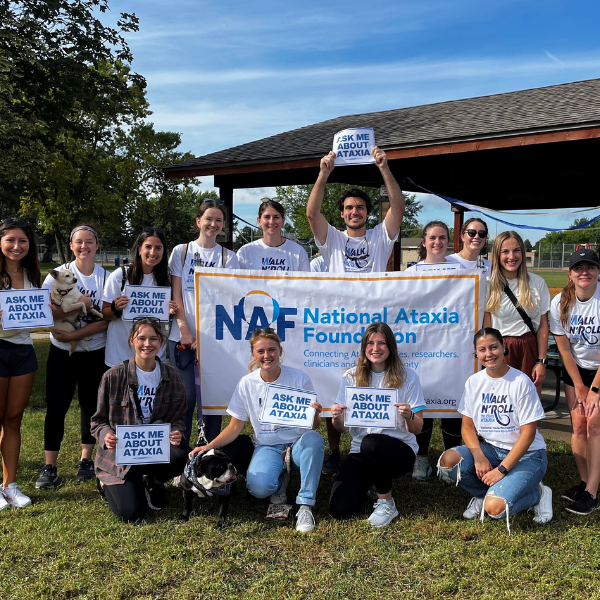Gene therapy is using nucleic acids to treat a genetic disorder. These nucleic acids can be designed in a variety of ways to achieve the same therapeutic outcome. Gene therapy tools can be used to correct a mutant gene by one of three ways:
- Expressing a healthy copy of a gene
- Silencing or inactivating the mutant gene transcript
- Using genome editing tools to repair or turn-off the mutated gene.

How is gene therapy used?
Monogenic disorders, like some spinocerebellar ataxias (SCAs), are excellent targets for gene therapy approaches. Gene therapies are currently being used throughout ataxia research for studying disease mechanisms and for preclinical therapeutic application.

One gene therapy approach for rescuing SCA1 phenotypes involves overexpressing a healthy gene, ataxin-1-like, which competes with the mutant ATXN1 protein for complex formation. This work, conducted by Keiser and colleagues in 2016, showed phenotypic rescue in a mouse model of SCA1.
There are two common technologies for silencing or inactivating disease genes: RNA interference (RNAi) or antisense oligonucleotides (ASOs). RNAi strategies utilize small RNA molecules to knock down the expression of target mutant RNA transcripts, while ASOs are DNA molecules used to knock down or correct mutant RNA transcripts. Both therapeutic approaches are being pursued in SCAs. For example, Carmo and colleagues in 2013 showed that using RNAi against the SCA3 disease gene, ATXN3, could longitudinally decrease mutant ATXN3 levels. See the SCAsource snapshot on ASOs for further information about their use in SCAs.
The most common genome editing tool is the CRISPR/Cas9 system, which uses an RNA guide to direct the Cas9 nuclease to the region of the genome to be edited. One can then knockout that gene or correct the mutant gene. It is early days for this technology as a potential therapeutic option due to the challenges of delivery and the risk of off-target editing.
How is gene therapy delivered?
One of the most difficult aspects of gene therapy is how to deliver these various molecules to the cells of interest. One of the most common delivery methods is through viral delivery. The “drug” nucleic acid is transferred into the disease cells by a vector, which is a virus that has been modified to remove viral components. The most common viral vectors for gene therapies currently are adeno-associated viruses (AAVs). Other delivery methods include non-viral vectors such as naked DNA and nanoparticles.
How long-lasting is gene therapy?
Viral delivery of gene therapy products provides a longitudinal expression of the nucleic acid, while naked DNA and nanoparticles express the nucleic acid drug transiently, thus typically requiring ongoing treatment.
If you would like to learn more about gene therapy, take a look at these resources by the National Institutes of Health and KidsHealth.
Snapshot written by Stephanie Coffin and edited by Dr.Hayley McLoughlin.



